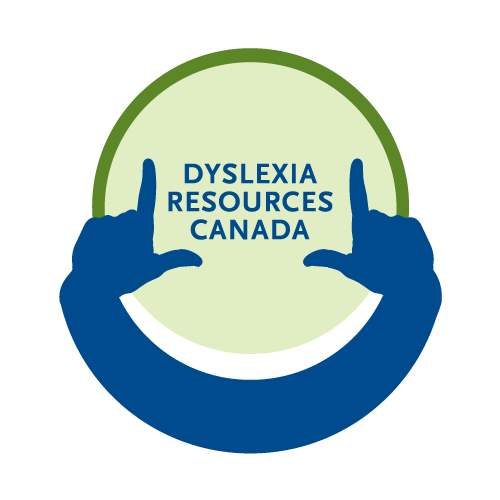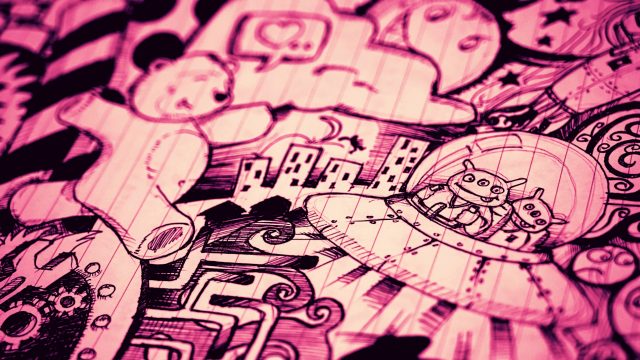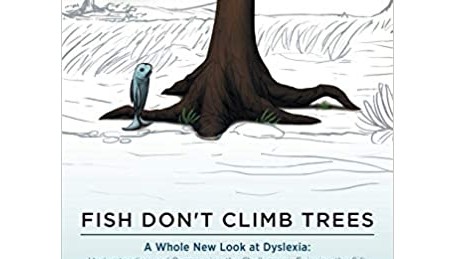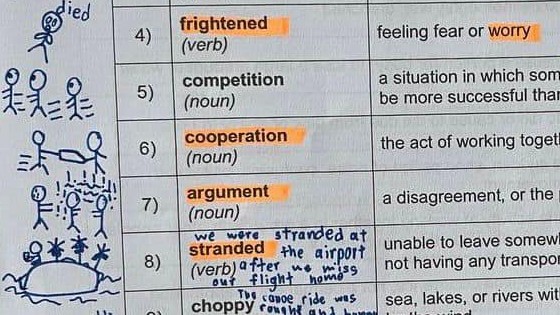The Power of Change
I was 17 when I first watched Charly – a “fantasy” film about an intellectually disabled man who had undergone an experiment giving him the intelligence of a genius. I was filled with wonder at the prospect!
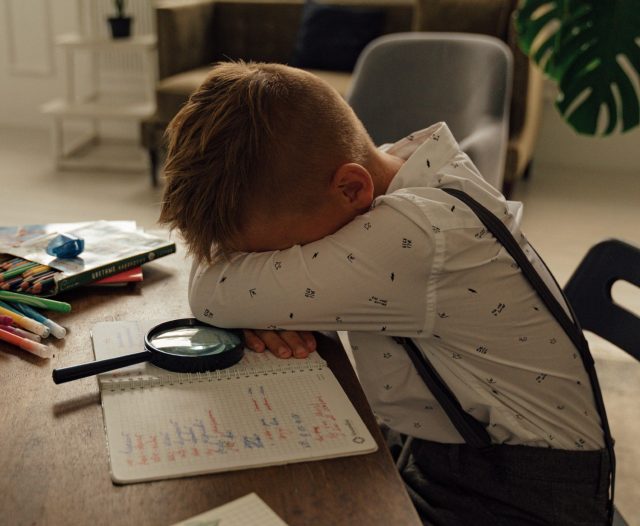
But I can’t help wonder … was this a foreshadowing of things to come? Because 25 years later I found myself sitting in front of educational professionals and receiving the news my son was “intellectually educable.”1 In other words, low intelligence but capable of learning basic academic subjects. At that time, it was believed the brain could not change.
I was furious with the conclusions. It was like a death sentence to me. After all, he was showing genius strengths in other areas according to his assessment, so why not teach him to his strengths? Of course, I was told there was no way to do that. So I marched out in a huff, pulled my child out of the system, and homeschooled him for a couple of years. In my heart, I felt if he was treated as having low intelligence, that is what he would be. I had no idea what I was going to do, but he did learn while homeschooled and I discovered where some of his underlying confusions lay. But I didn’t know how to fix them.
Three years later, he was back in school (private) and was coping but found himself doing 12 to 15 hours of homework per week, with me sitting beside him most of the way. We were both stressed out and I remember saying to his father, “If he doesn’t have a breakdown, I will.”
Enter the book, The Gift of Dyslexia, by Ronald D Davis, and the following enrollment in a correction program. Improvements were immediate and gradually he became independent of my help.

Five years later, I had the opportunity to meet some more educational professionals, but the setting was at a college level and the purpose was to see if our son really was capable of doing this business course he was enrolled in due to the intellectually educable. label. But much to my surprise, the psychologist announced she couldn’t find any evidence to support the previous assessment and deemed him above average in intelligence! So in essence, my son became my Charly – the only difference being my son never lost his gains, unlike the character in the movie.
I give credit to the Davis Method for my son’s gains in abilities, coupled with his extreme motivation to become an independent learner and my obsession with proving the “professionals” wrong. As a trained facilitator in the Davis Methods, I have witnessed great gains and many children enter college and university obtaining a variety of degrees and diplomas. Many other facilitators can attest to similar stories.
I firmly believe that dyslexia and its cousins (ADD, ADHD, etc) are not disabilities. Traditional education methods are geared toward word thinkers and most of those who fall on the “disabled” side are picture thinkers. The book, The Gift of Dyslexia, describes methods to address the Picture Thinkers’ way of thinking and offers solutions. But it’s not for the faint of heart.
After the program, there is some responsibility on the support person’s side to continue the client’s progress which usually involves approximately 2 -3 hours per week for about a year. It’s a small investment of time and money into the future of your child! Here’s to new beginnings and brighter futures!
- Historically, a diagnosis of intellectual disability was categorized by potential learning capabilities according to the reported IQ score: educable, 50–75; trainable, 25–50; and custodial, 0–25. Intellectual Disability, Britannica, December 11, 2023. ↩︎
